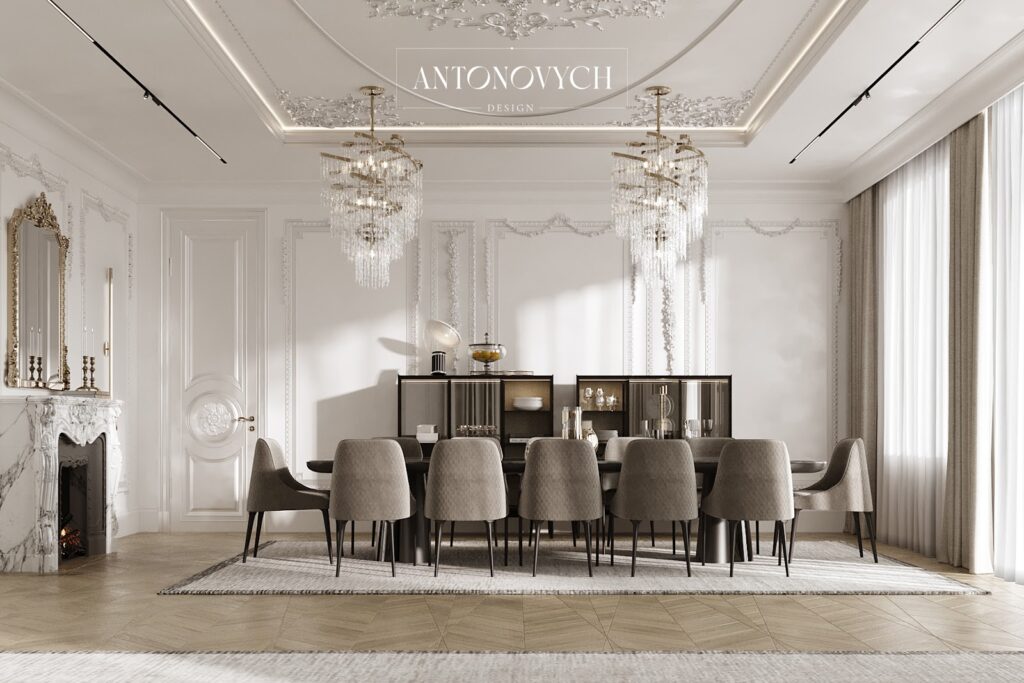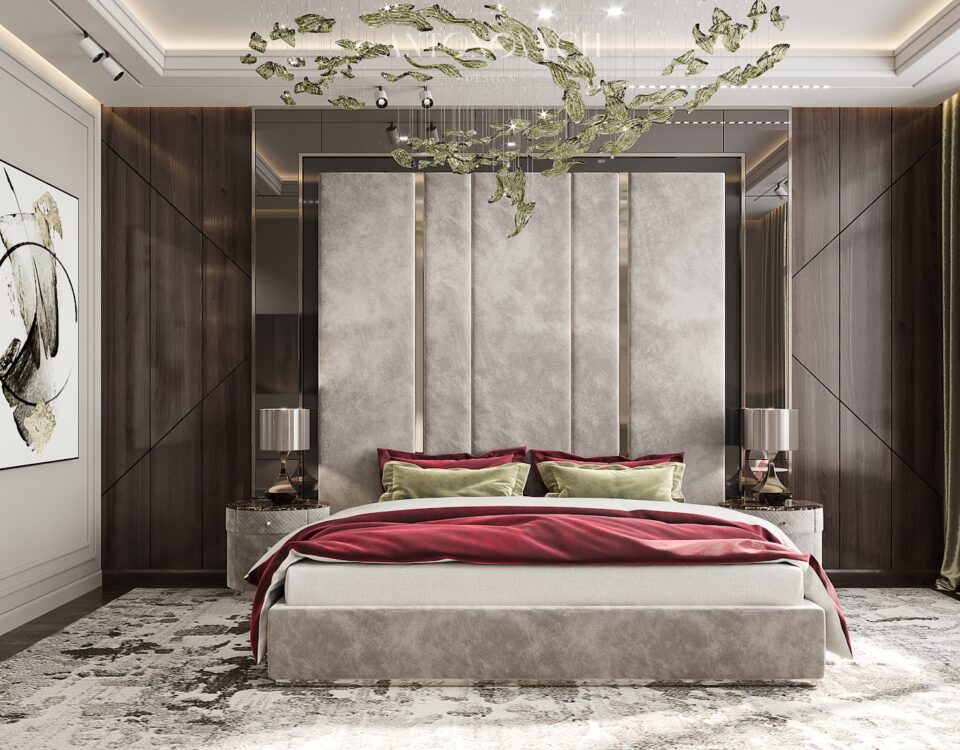
5 Modern style bedroom ideas to elevate your home
September 30, 2023Color psychology in interior design: how colors affect our moods?
In the world of interior design, color is a powerful tool that can transform a space, evoke emotions, and influence our moods. The choices we make when selecting colors for our interiors go beyond aesthetics; they can profoundly impact our daily lives. Understanding the psychology behind colors is crucial for creating harmonious and functional living spaces that promote well-being. In this article, we will delve into the fascinating realm of color psychology in interior design and explore how different colors can affect our emotions and moods.
Color is so important to us because vision is the strongest of our senses: approximately 37 million photosensitive receptors in each eye help us see and distinguish colors.
It is important to remember that the color perception of a room is influenced by several factors that should be considered when designing an interior.
1. The purpose of the room.
Each room is suitable for certain colors. For example, a kitchen looks more aesthetically pleasing if you use calmer, more relaxing colors. Bright, saturated colors are not always appropriate in bathrooms, but are perfect for rooms that are not used much, such as the hall. As for the bedroom, the atmosphere in it should promote rest and not cause irritation. The exception is the children’s room, where bright colors create a positive mood.
2. The source of sunlight.
Color is best revealed under the influence of light and its shades can vary depending on what side of the window. For example, a room on the north side always seems darker and cooler, so in order to balance the atmosphere, it is advisable to focus on warmer colors.
3. Temperament of the owner.
Depending on the psychotype of a person, the perception of the environment will be completely different. For example, a more energetic and cheerful person will like brighter shades, calm and phlegmatic – it is better to give preference to calm, muted colors.
Each color carries its own set of associations and can evoke a wide range of feelings and moods. Interior designers use this knowledge to create spaces that cater to their clients’ specific needs and desires.
White: Purity and tranquility

White is often associated with purity, cleanliness, and simplicity. It creates a sense of spaciousness and tranquility, making it a popular choice for bedrooms and bathrooms. White can also make a room feel fresh and airy. However, an all-white interior can sometimes appear cold and clinical, so it’s essential to balance it with other colors or textures to add warmth and character.
Orange: Energetic and invigorating
Orange is a vibrant and energetic color that stimulates creativity and enthusiasm. It can be a great choice for spaces where you want to promote social interaction and energy, such as living rooms or dining areas. However, it’s important to use orange in moderation, as too much of it can be overwhelming. Consider using it as an accent color through furniture, accessories, or artwork.
Green: Harmony and balance
Green is often associated with nature, balance, and harmony. It has a calming and soothing effect, making it an excellent choice for bedrooms or home offices. Different shades of green can evoke various feelings; for example, soft sage green promotes relaxation, while vibrant lime green adds a touch of excitement. Incorporating plants into your interior design can enhance the calming effects of green.
Blue: Serenity and relaxation
Blue is known for its calming and tranquil qualities. It can reduce stress and anxiety, making it a popular choice for bedrooms and living rooms. Lighter shades of blue create a sense of serenity, while deeper blues can add a touch of sophistication. Be mindful of using too much dark blue, as it can make a room feel somber. Combining blue with white or other light colors can create a harmonious balance.
Beige: Warmth and neutrality
Beige is a versatile and neutral color that adds warmth and sophistication to a space. It’s a safe choice for those who prefer a more understated and timeless interior. Beige can be used as a backdrop for other colors, allowing you to incorporate various accents and decor elements. It’s an excellent choice for creating a cozy and inviting atmosphere in living rooms and dining areas.
Color psychology plays a significant role in interior design, as it helps designers and homeowners make informed choices about the colors they incorporate into their living spaces. By understanding the emotional and psychological effects of different colors, we can create interiors that promote comfort, well-being, and functionality.
When planning your interior design project, consider the emotions and moods you want to evoke in each space. Whether you seek the energizing power of red, the tranquility of blue, or the optimism of yellow, harnessing the psychology of color can help you create spaces that resonate with your personal style and enhance your daily life. Remember that the key to successful interior design is finding the perfect balance of colors to create a harmonious and inviting environment.


